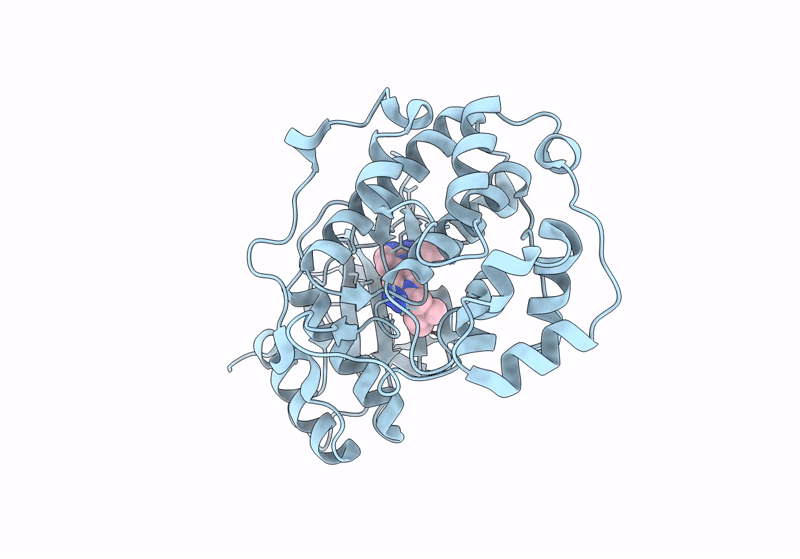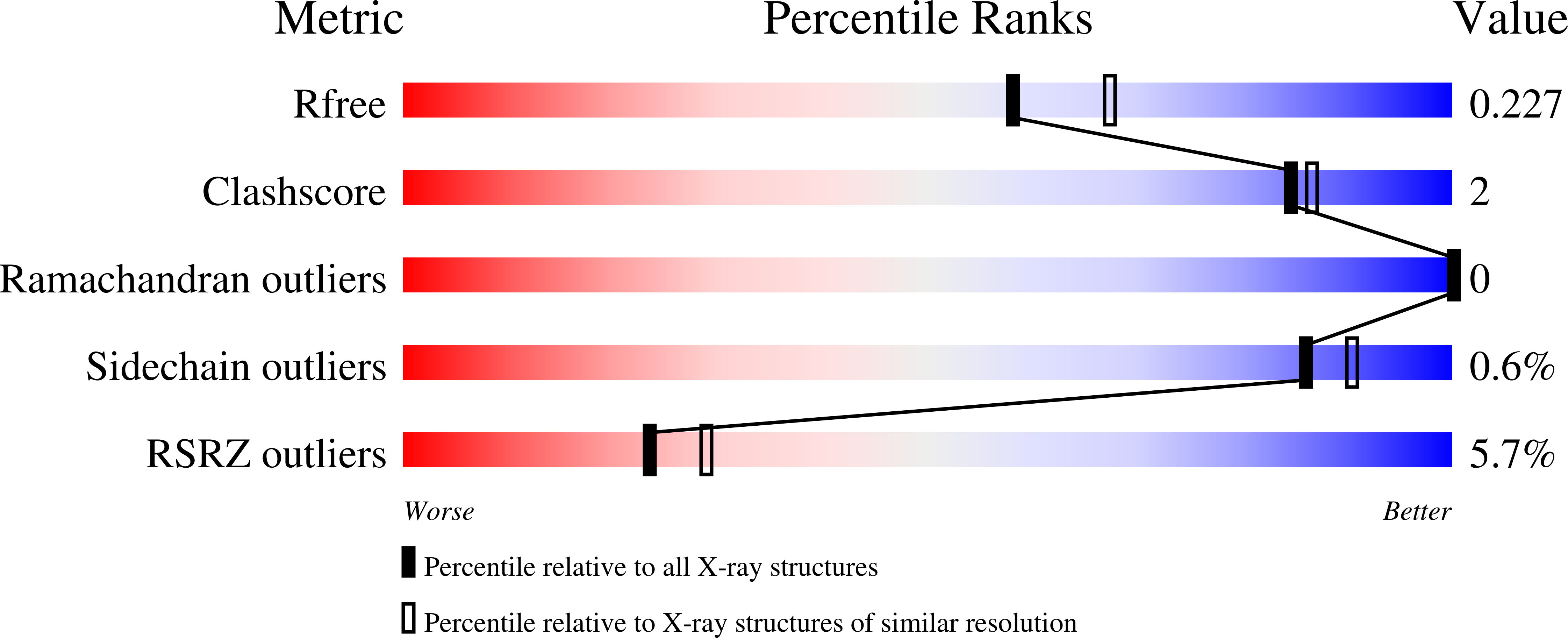
Deposition Date
2023-09-18
Release Date
2024-03-27
Last Version Date
2024-10-23
Entry Detail
PDB ID:
8U8J
Keywords:
Title:
Co-crystal structure of phosphorylated ERK2 in complex with ERK1/2 inhibitor #16
Biological Source:
Source Organism:
Homo sapiens (Taxon ID: 9606)
Host Organism:
Method Details:
Experimental Method:
Resolution:
2.10 Å
R-Value Free:
0.22
R-Value Work:
0.17
R-Value Observed:
0.17
Space Group:
P 21 21 21


